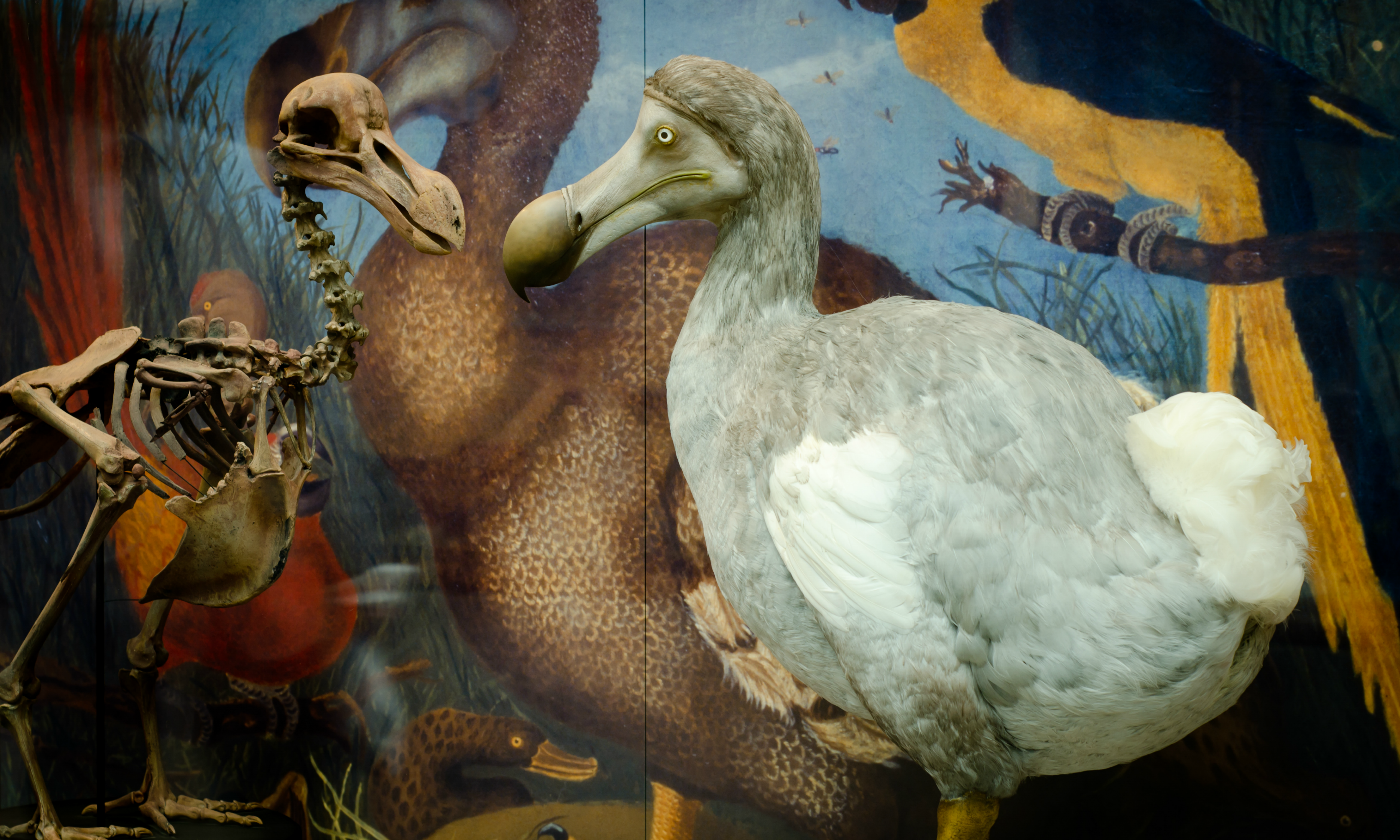premiumtix.net – The dodo, an iconic symbol of extinction, has fascinated people for centuries. This flightless bird, once native to the island of Mauritius in the Indian Ocean, has become a subject of myths and misconceptions since its disappearance from the face of the Earth in the late 17th century. In this article, we will delve into the life of the dodo, the circumstances surrounding its extinction, and the enduring myths that have grown around this enigmatic creature.
The Life of the Dodo: A Flightless Wonder
The dodo (Raphus cucullatus) was a large, flightless bird that stood around one meter tall and weighed approximately 20 to 23 kilograms. Its appearance was as peculiar as its behavior; with a stout body, small head, and a distinctive hooked beak, the dodo was unlike any other bird of its time. The bird’s flightless nature was a result of its island habitat, which lacked predators and thus did not require the ability to fly for survival.
The Extinction of the Dodo: A Tragic Tale
The dodo’s extinction is a story of human impact and ecological disruption. The arrival of Dutch settlers in Mauritius in the 16th century marked the beginning of the end for the dodo. The settlers hunted the birds for food and introduced invasive species such as pigs and cats, which preyed on dodo eggs and chicks. The destruction of the dodo’s habitat for agriculture further sealed its fate. By the end of the 17th century, the dodo had vanished from the Earth, leaving behind a legacy of extinction that serves as a cautionary tale.
The Myths of the Dodo: Fact vs. Fiction
Myth: The Dodo Was Stupid
One of the most persistent myths about the dodo is that it was a dim-witted bird. This misconception likely stems from early descriptions by European sailors and settlers, who observed the dodo’s tameness and lack of fear of humans. In reality, the dodo’s behavior was a result of its evolutionary history in a predator-free environment, not a lack of intelligence.
Myth: The Dodo Could Not Fly Because It Ate Its Own Wings
Another myth suggests that the dodo lost the ability to fly by consuming its own wings. This fanciful tale is entirely false. The dodo’s flightlessness was a result of evolutionary adaptations to its island environment, where the ability to fly was not necessary for survival.
Myth: The Dodo’s Extinction Was Quick and Painless
The extinction of the dodo is often portrayed as a swift event, but in reality, it was a prolonged process that took several decades. The dodo’s population declined gradually due to overhunting, habitat destruction, and the introduction of invasive species.
The Legacy of the Dodo: A Symbol of Extinction
The dodo has become an emblem of extinction, a reminder of the fragility of life on Earth and the impact of human activity on the natural world. Its story serves as a cautionary tale, urging us to consider the consequences of our actions on the planet’s biodiversity.
Conclusion
The dodo’s life and extinction are a testament to the complex interplay between humans and the natural world. As we continue to grapple with the challenges of conservation and biodiversity, the story of the dodo remains a poignant reminder of the importance of preserving the Earth’s unique species for future generations. Unraveling the myths surrounding the dodo is not just an exercise in historical accuracy; it is a crucial step in understanding our past mistakes and guiding our future actions.
